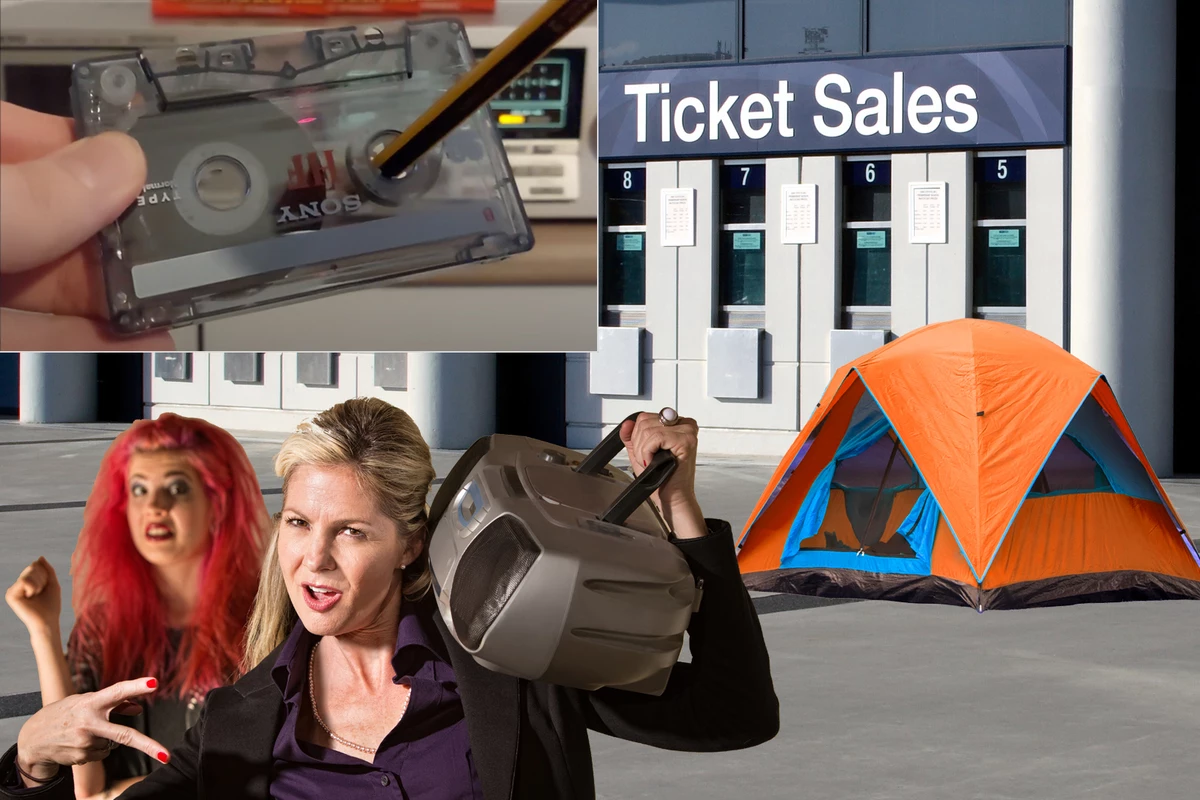
Music Videos Being In Demand Entertainment
YouTube, VEVO and a band’s individual website are typically where fans go to see music videos these days, and often the pull of the music video is the initial viewing for the fans, who then move on unless that video was super engaging.
But for Gen X’ers, the music video was more of an event, something to be viewed repeatedly and something you could endlessly be entertained by. The ‘80s saw the music video become one of the most successful ways of marketing your band. MTV became the place where most artists got their big break, with the network dedicating a majority of its programming to music videos with the occasional concert special thrown in during its infancy.
The world premiere of a new video was a big thing, sometimes almost eclipsing the popularity of the song itself. And a great video could occasionally catapult an average song to greater heights. Labels dedicated big budgets to crafting conceptual clips and these short music films captured the imagination of a generation of music lovers. And, as MTV didn’t initially segment their audience, you could make a Billy Idol fan out of a viewer who had just tuned in hoping to catch the latest Madonna video. Rock, pop, R&B, rap and metal could all co-exist with fans of each overlapping.
But MTV wasn’t the only game in town. Canada had MuchMusic, VH1 initially catered to an older audience of music video watchers, NBC dedicated a Friday late night slot to Friday Night Videos. USA Network had a mix of music videos and interviews on their long-running series Night Flight and even HBO carved out time in their schedule for repeated viewings of Video Jukebox each month showcasing some of the best new videos. Simply put, the music video not only was viewed as a nice marketing tool for your song, but it got you national exposure on many major television networks.
But as we now know, the music video has largely been relegated to something that is most often found via online search or the suggestion of an algorithm as opposed to within a featured block of programming on a major network. Even MTV, the network named Music Television, started phasing out music videos, opting instead to fill their airtime with reality series. Sadly, the large scale, big budget music video seems to be more and more a thing of the past, with most clips these days focusing on the more cost-effective performance based clips as there are fewer high profile platforms to support them.
